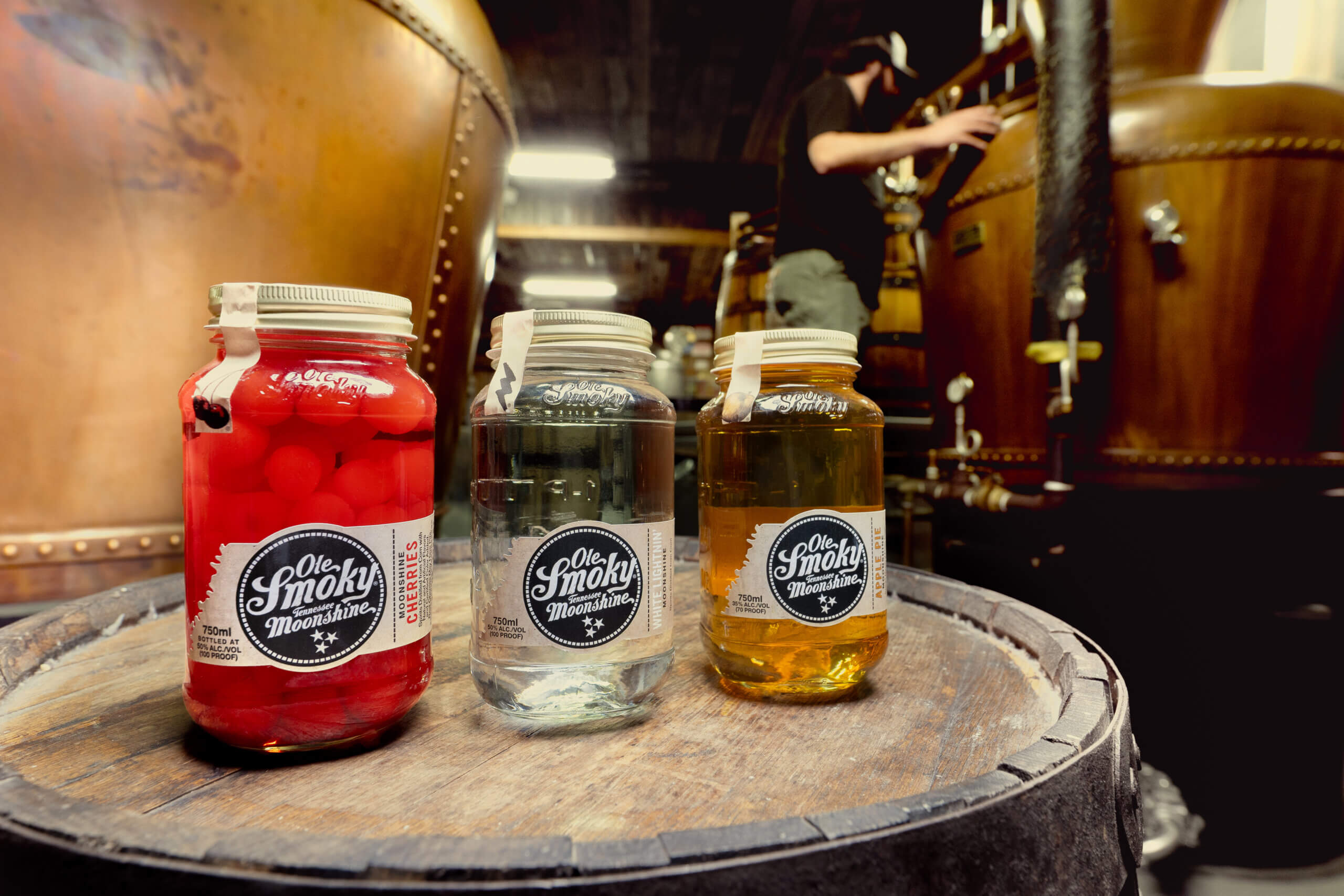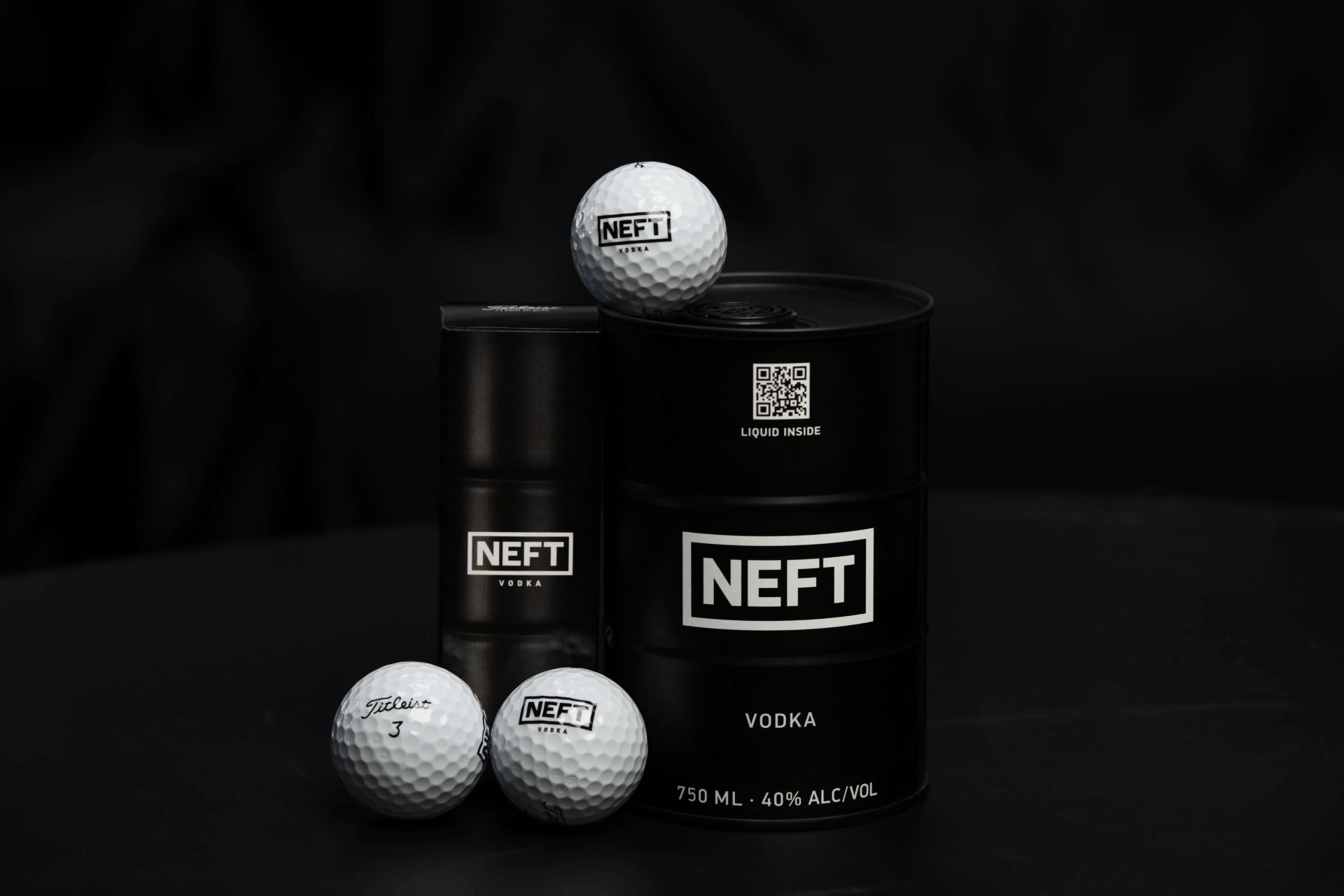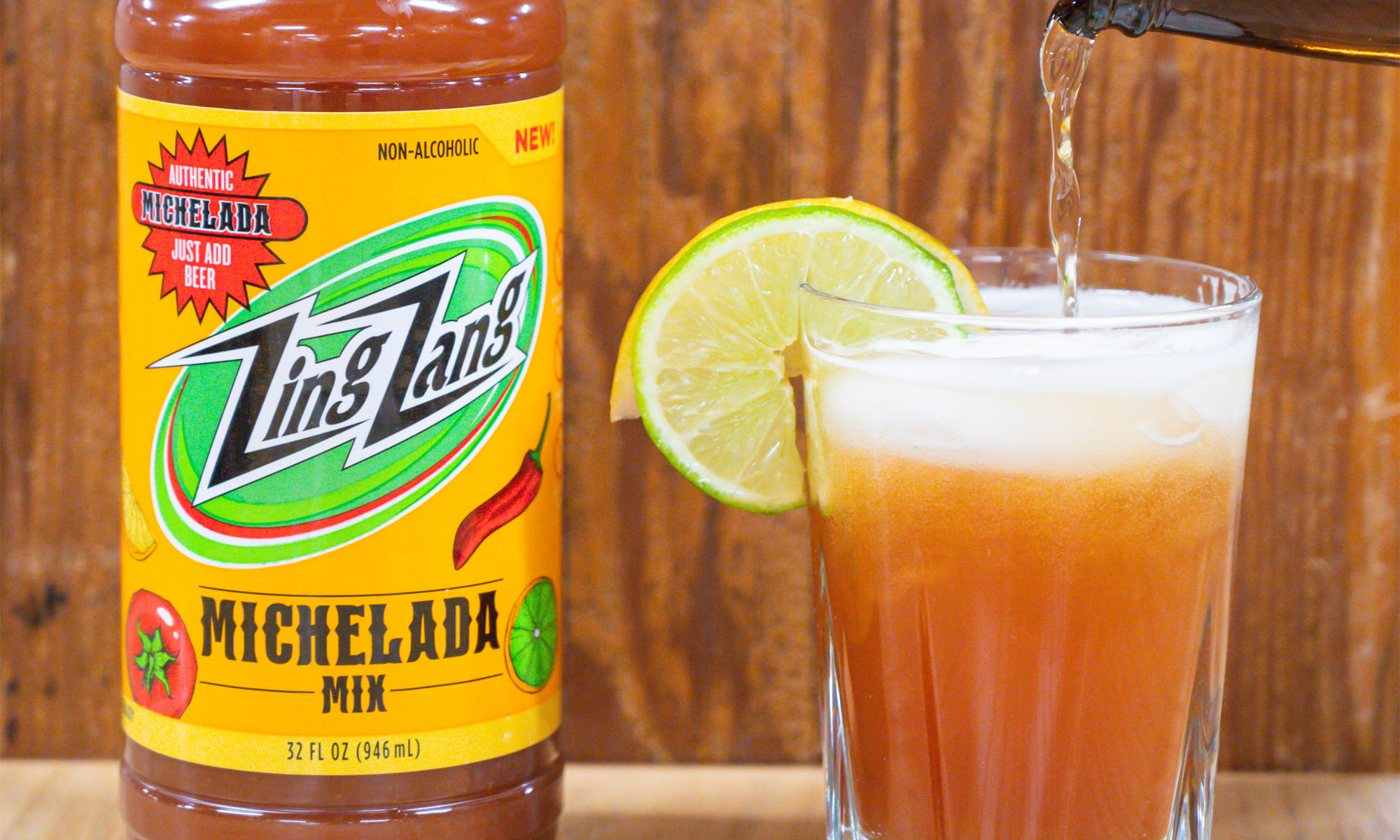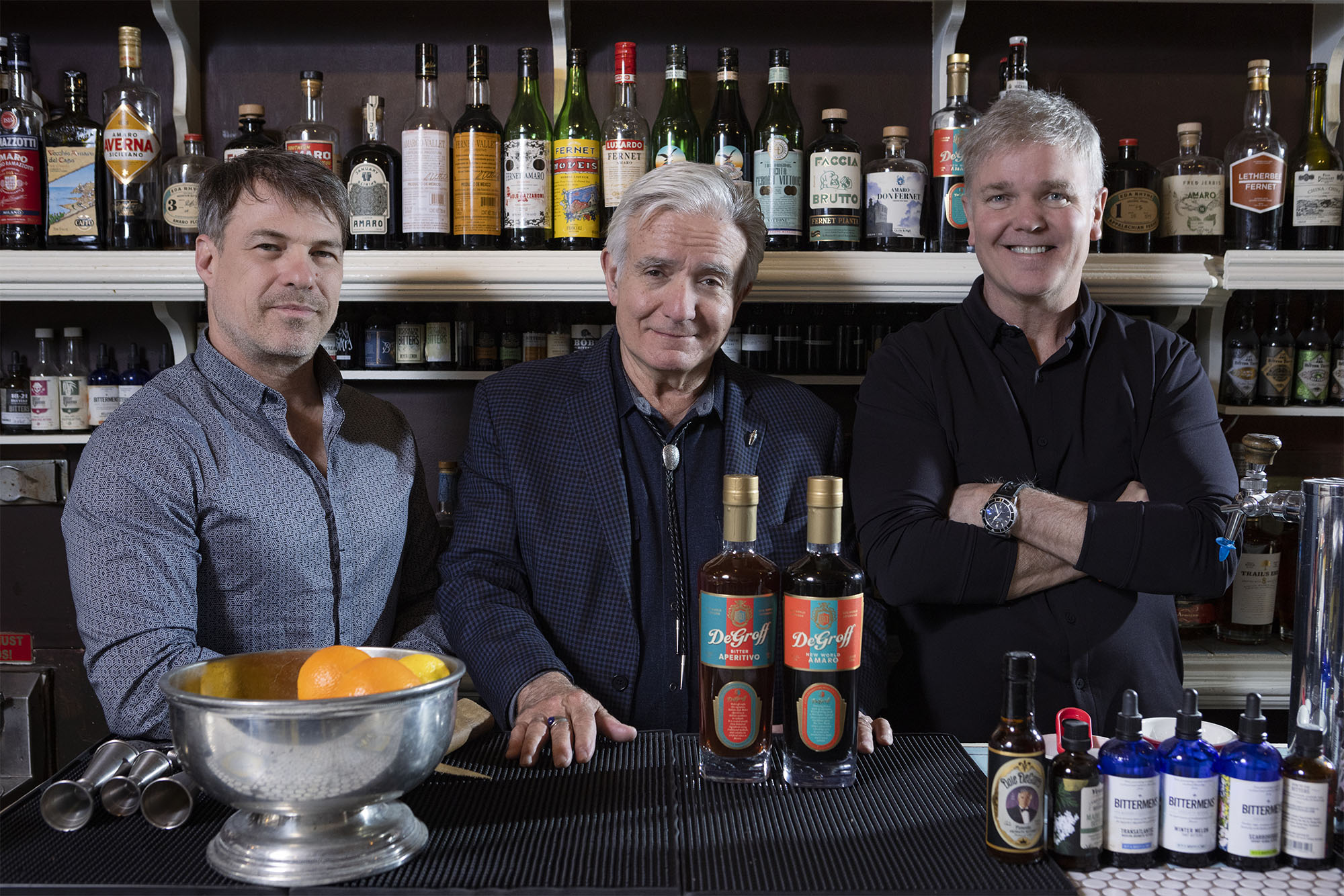How Sweet It Is – Using Different Sweeteners for Your Cocktails
By Chilled Magazine
All sugars are not created equal.
Let’s not get into the issues of glycemic indexes and which type of sugar is healthier, if one can call sugar healthy per se. What we’re after here are the numerous types of sugar that can be used in drinks and how these sugars differ in sweetness, flavor, and consistency.
For instance, let’s take a standard gin sour. Gin, lemon juice, and simple syrup (generally made with granulated sugar.) Swap out the simple syrup for honey and you have a Bee’s Knees. Still a gin sour, but of quite a different ilk. Let’s look at a Manhattan. Whiskey, sweet vermouth, bitters. Add some maple syrup and you create a layer of warmth and molasses-like sweetness, making the drink feel like sip-able autumn. How you use your sugar can not only change a drink’s basic profile, but create a completely new libation.
So, here’s a little primer of the “what” and “how” behind how best to use different types of sugar. Not every sugar is covered, but this selection will give you a solid foundation.

Granulated Sugar
Granulated Sugar
This is the great “evil” in the sugar world. Health advocates claim that refined white sugar has no nutritional value. We know this. It just tastes good, right? And let’s face it, we aren’t exactly drinking a cocktail for our health.
Granulated sugar tends to produce the brightest flavored, clearest colored simple syrup.
Evaporated Cane Sugar
Made from the crystallized sap of evaporated sugar cane, this sugar is marketed as more “natural”, but still requires some processing. It has a similar flavor to granulated sugar, still bright on the tongue, but somewhat more subdued. The simple syrup produced is less clear and the sweetness a bit softer.
Turbinado Sugar
The darker the sugar in color, the more molasses present. First on that spectrum is Turbinado. Made from the first pressing of the sugar cane, it tastes rather like caramel and adds greater depth to a drink. Turbinado and its cousins Demerara and Muscovado work beautifully in tropical and tiki drinks because the richness of the syrup tends to marry with the rum so often used. (Sugar in the Raw, the packets you find in restaurants and coffee shops these days, is made from Turbinado sugar.)

Demerara Sugar Cubes
Demerara
Pale golden in color and with a large grain (which means it will dissolve more slowly when making syrup), Demerara is more toffee-like in flavor. Minimal processing is used to make demerara sugar. It is often used in place of standard brown sugar, which is just refined sugar to which molasses has been added after processing.

Muscovado Sugar
Muscavodo
There are several varieties of Muscovado sugar, from light to dark. The molasses in this sugar is never removed, so it has a rich, strong flavor. It is often used in barbecue sauce recipes, which gives you a sense of its intensity. Muscovado’s muscular profile makes it a perfect partner for autumnal or winter drinks using brown spirits.

Agave Nectar
Agave Nectar
Also called agave syrup, agave nectar is a processed version of the traditional aguamiele (honey water) made in Mexico for centuries. The syrup is extracted from the sap of the blue agave plant and is often touted as being a healthful, “natural” alternative to processed sugar. The truth is that any sugar is going to make your body work harder in terms of metabolizing the product and modern, bottled agave syrup has indeed been processed. What is important to know about agave is that it is about one and a half times sweeter than regular sugar, so you need to take that into account when mixing a drink.

Honey
Honey
As we know, this nectar from nature is produced by bees from the pollen of various flowers. Flavors can vary markedly with orange flower honey having a distinctly orange-y character, clover honey being almost grass-like, and acacia honey offering a soft, neutral sweetness.
Honey in cocktails can be tricky because too little and it disappears in the drink, while too much becomes cloying. The standard way to make honey syrup is to dissolve equal parts of honey with water. The same goes for the maple syrup below.

Maple Syrup
Maple Syrup
Like honey, this gift from nature has a unique flavor that bartenders have been playing around with for some time. Maple syrup comes in different grades – and the grading system varies depending on where the syrup is from. In general, however, Grade A syrups are milder, while Grade B are rich in maple flavor. A drop of maple in a drink and it’s all about leaves crunching under foot and a warm fire to snuggle by.










